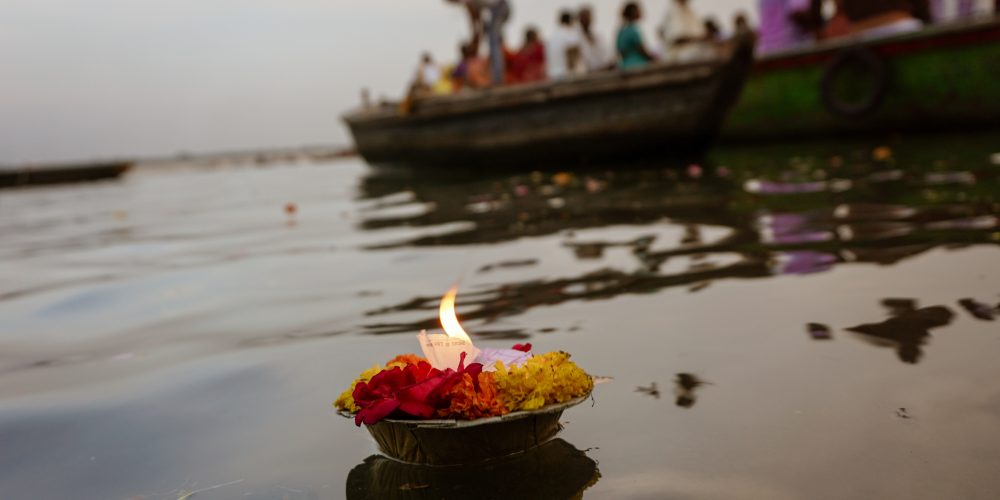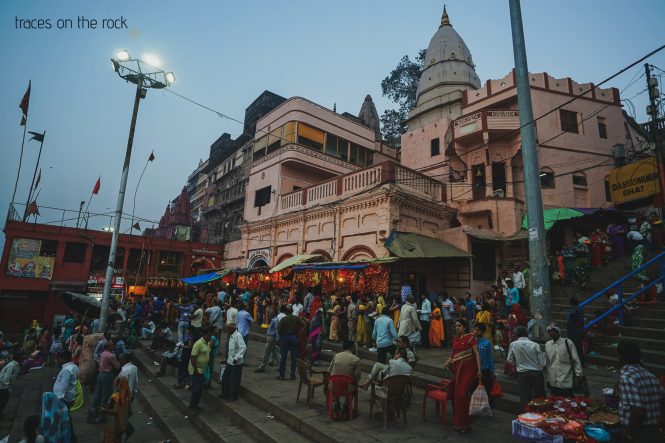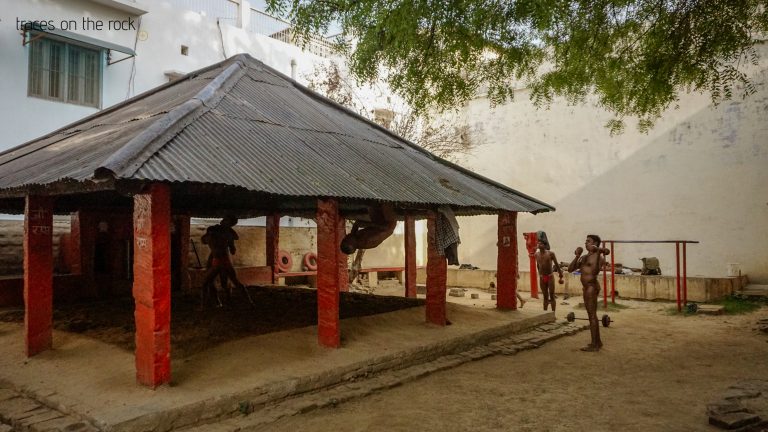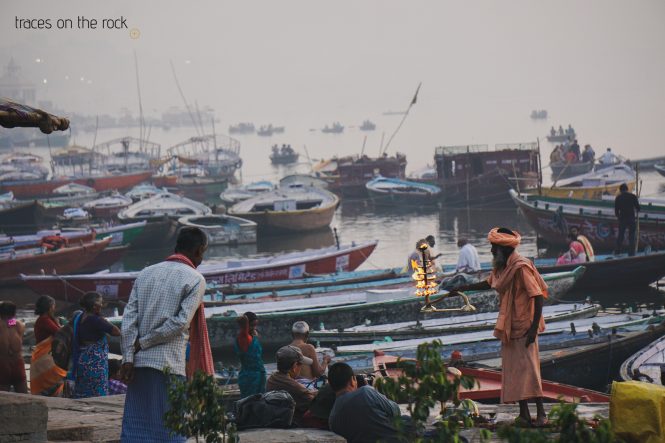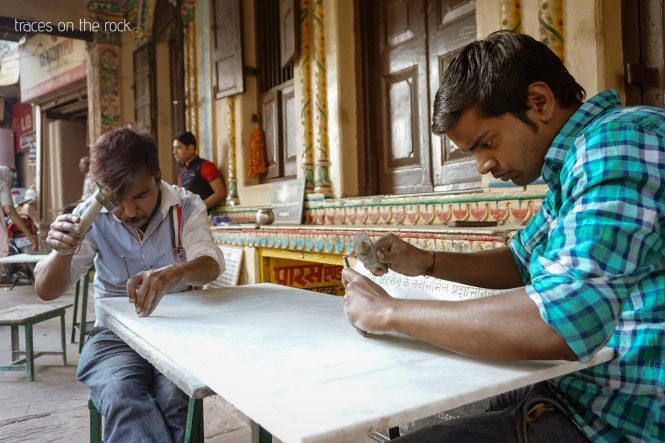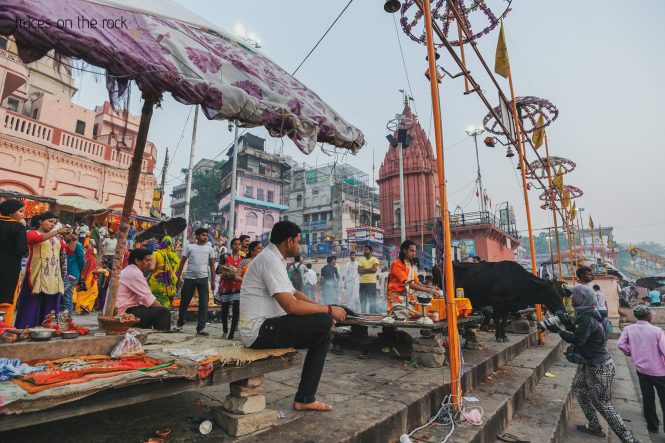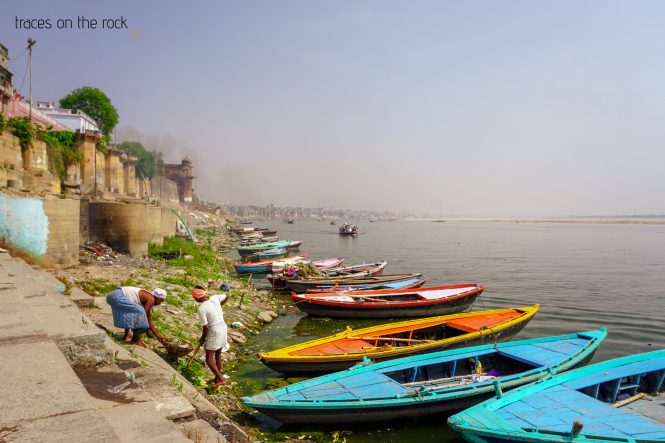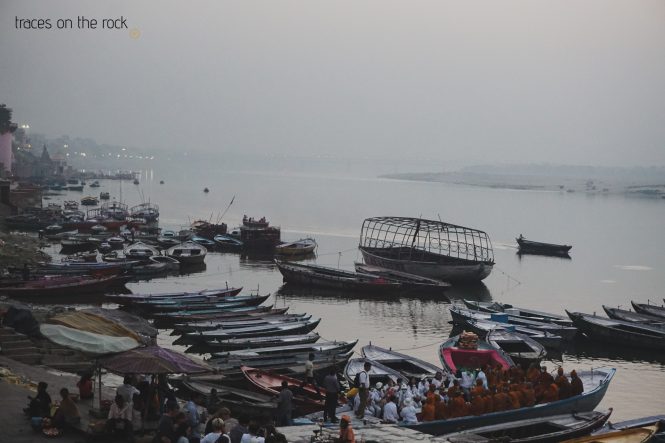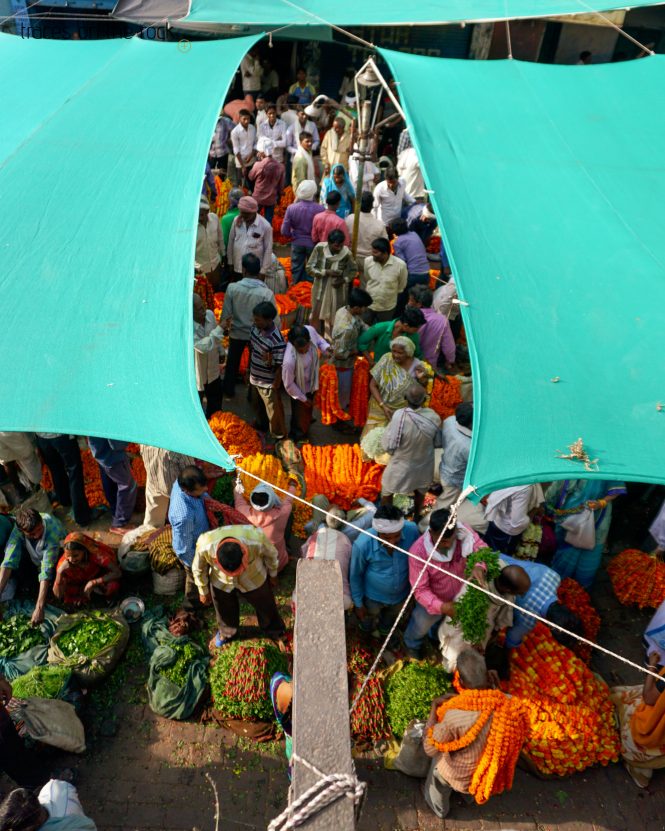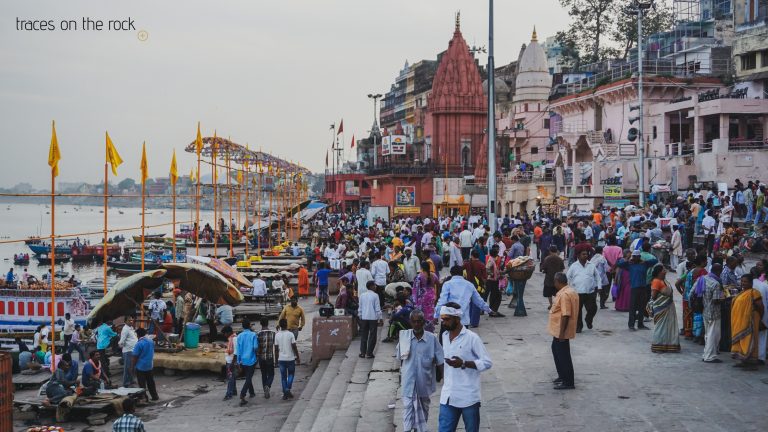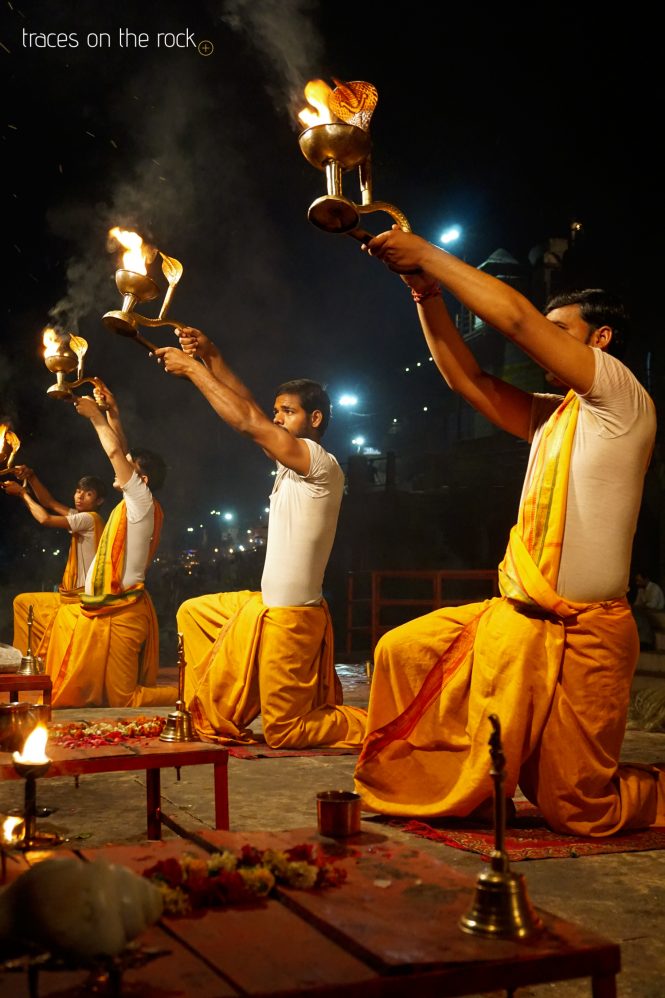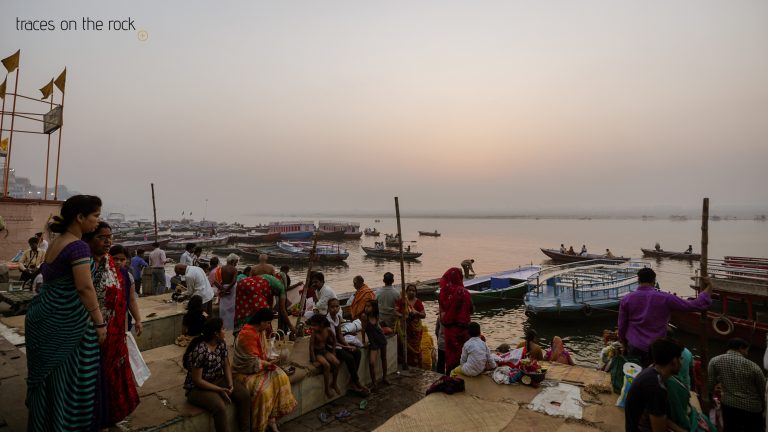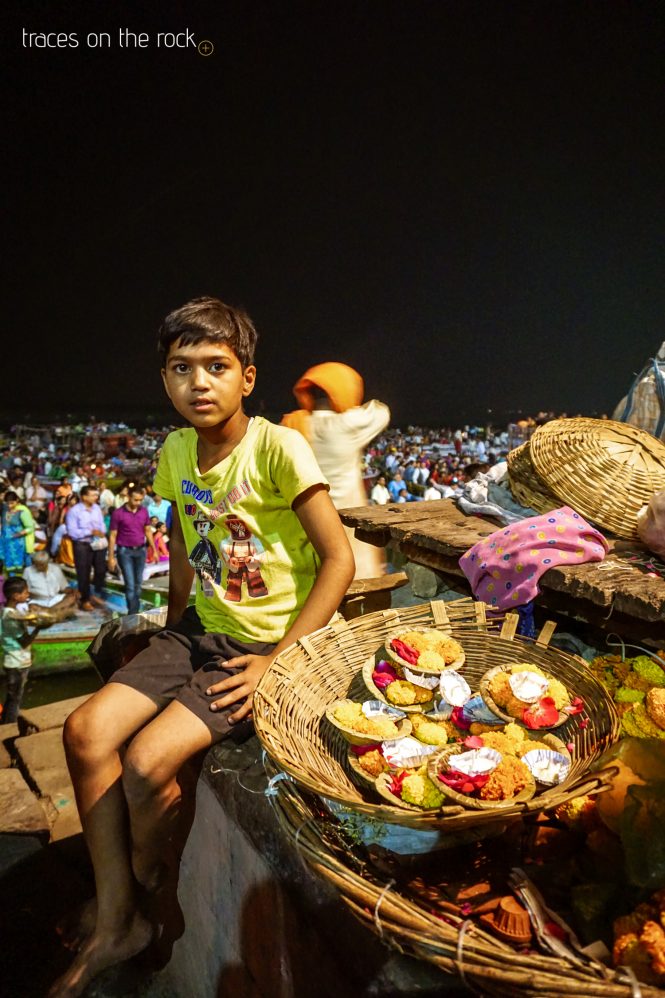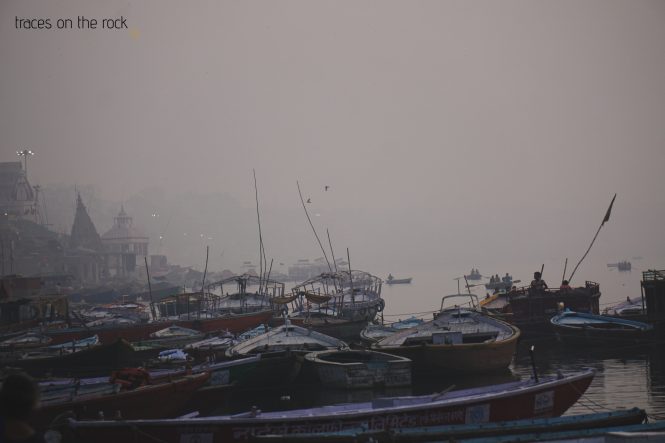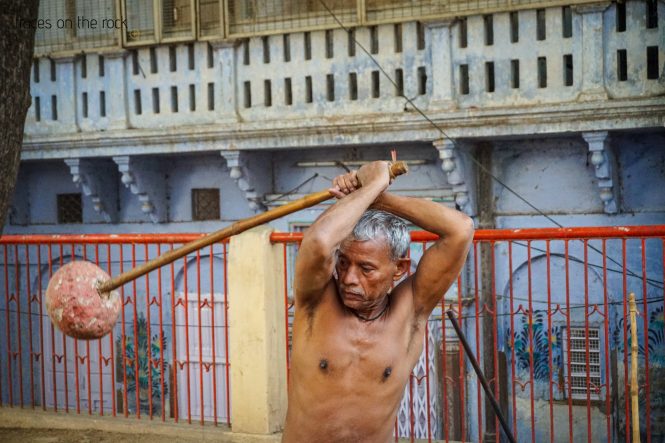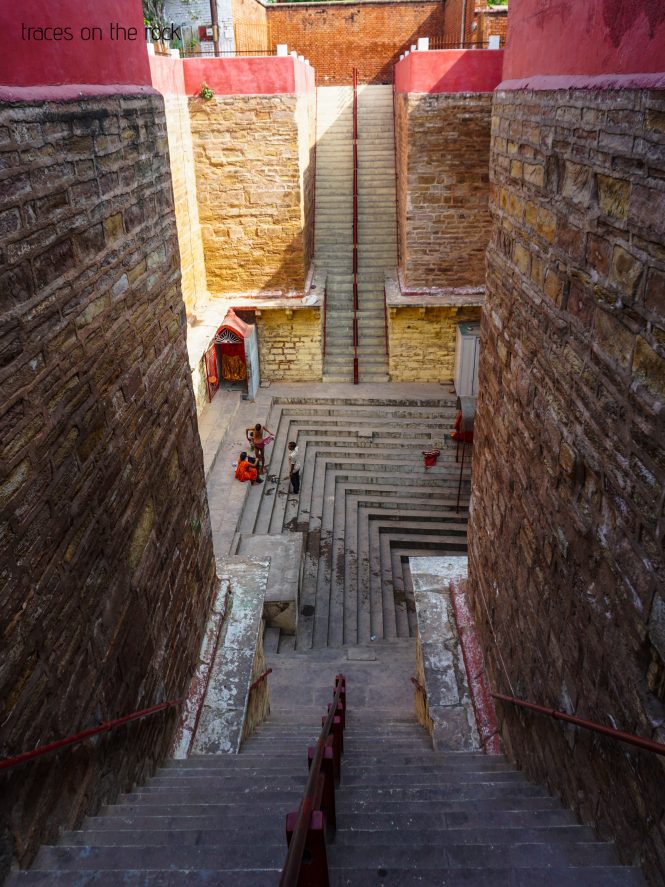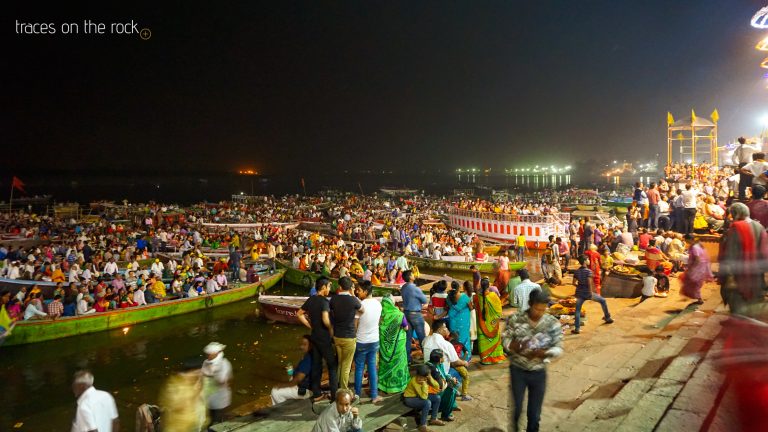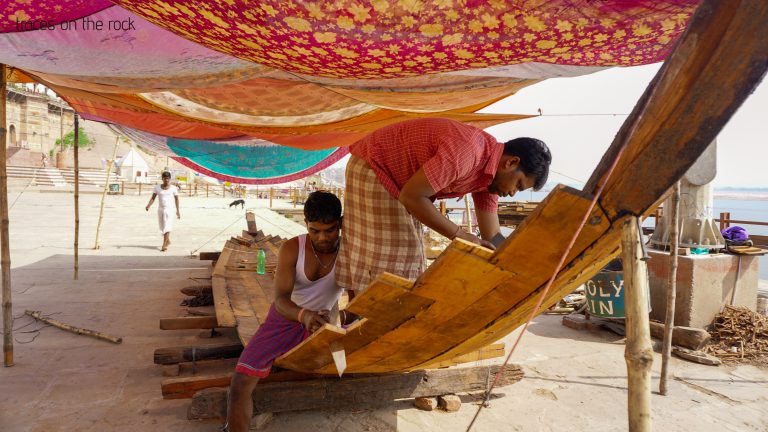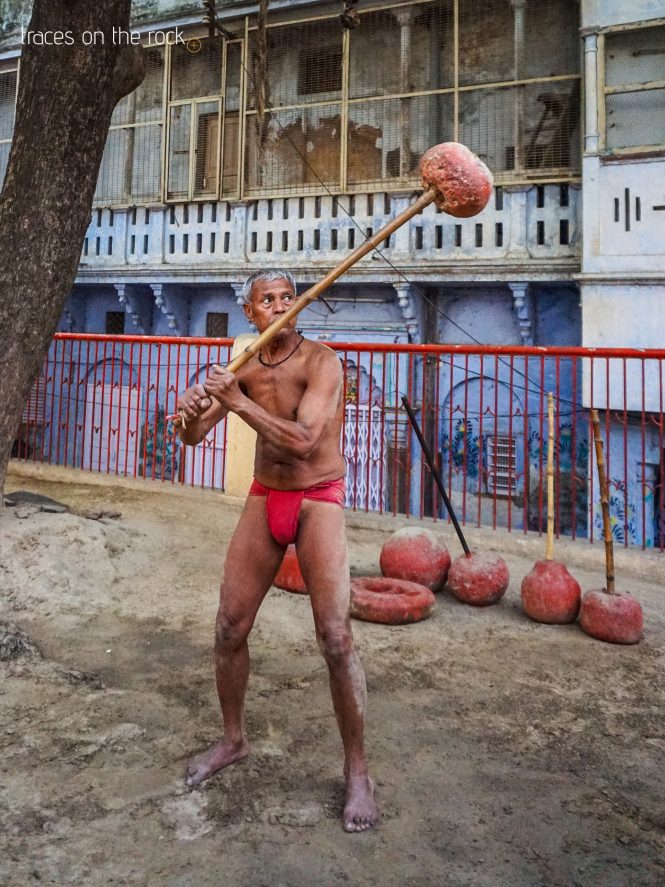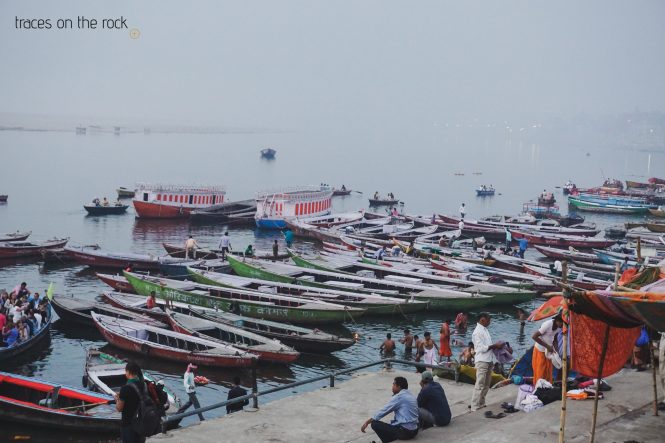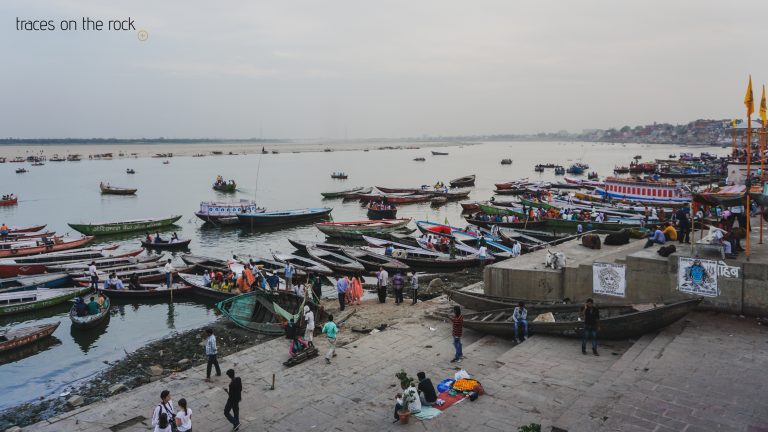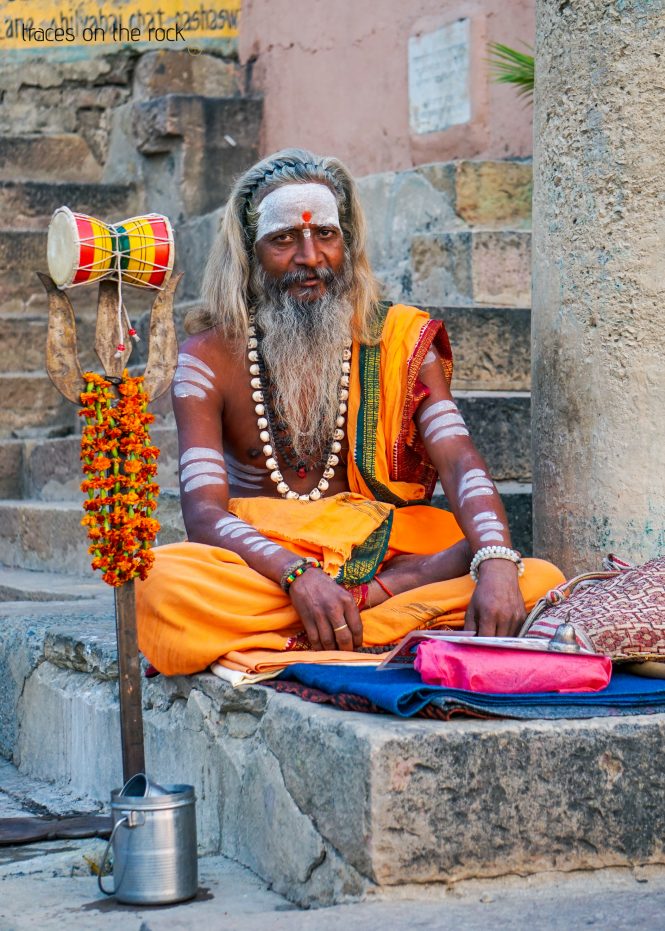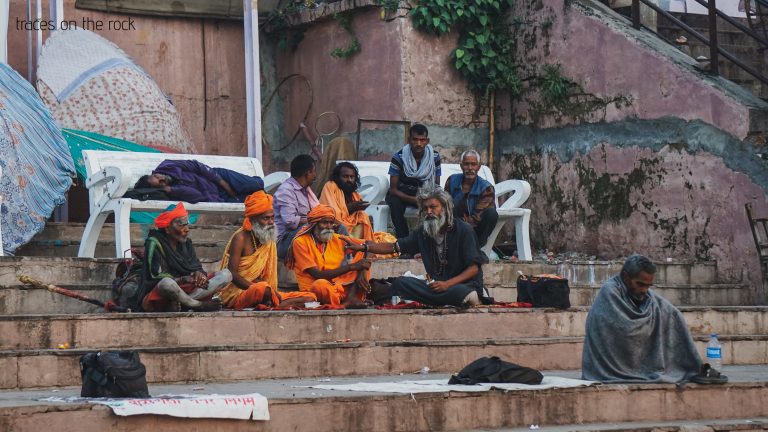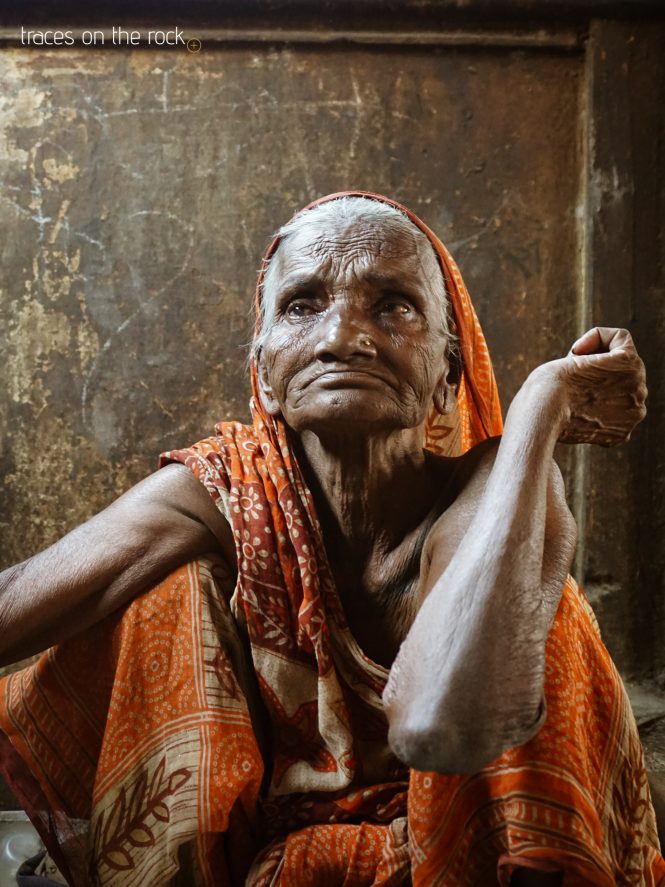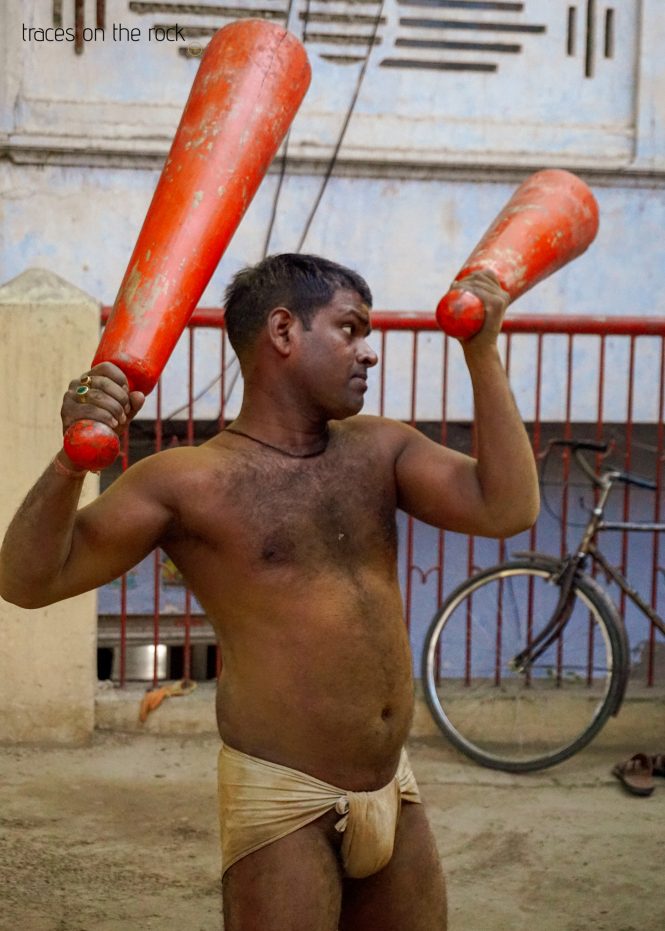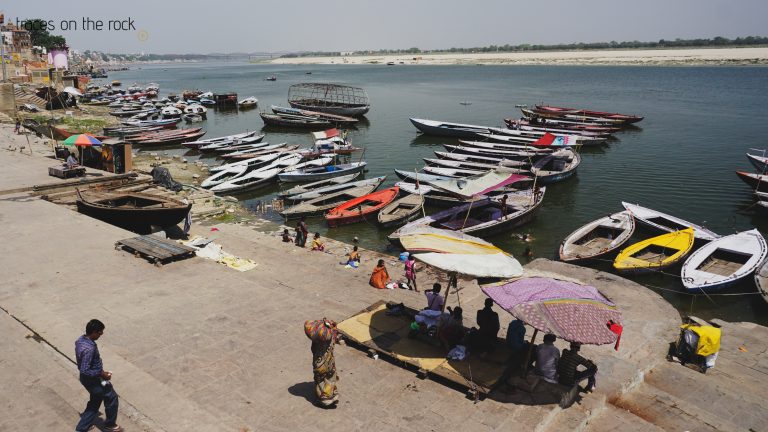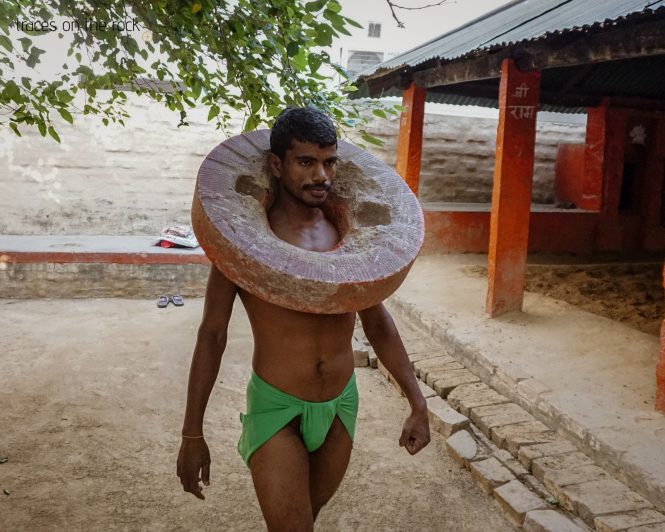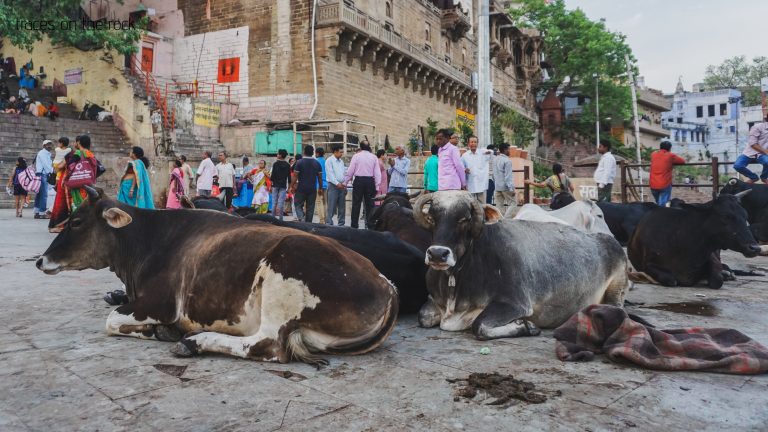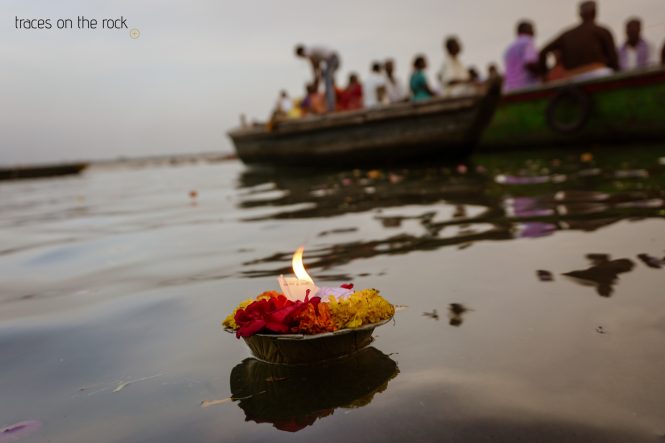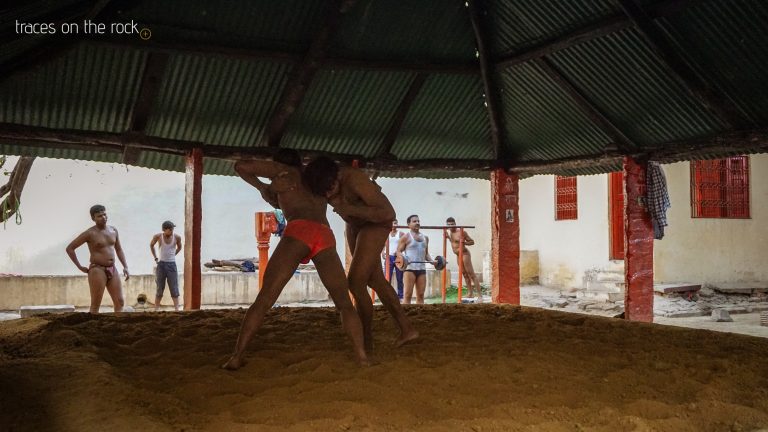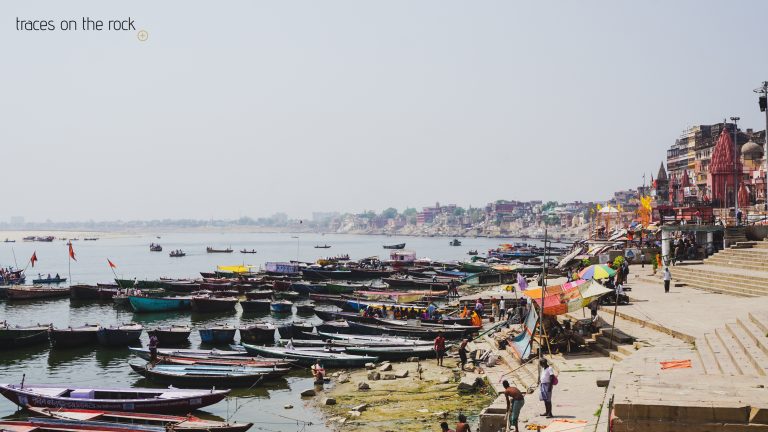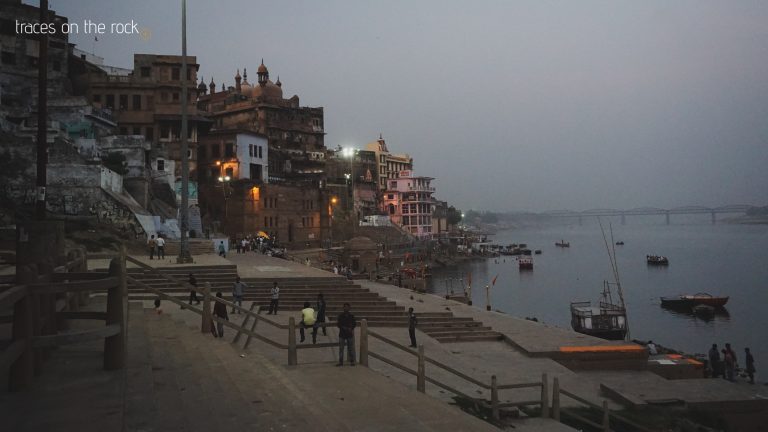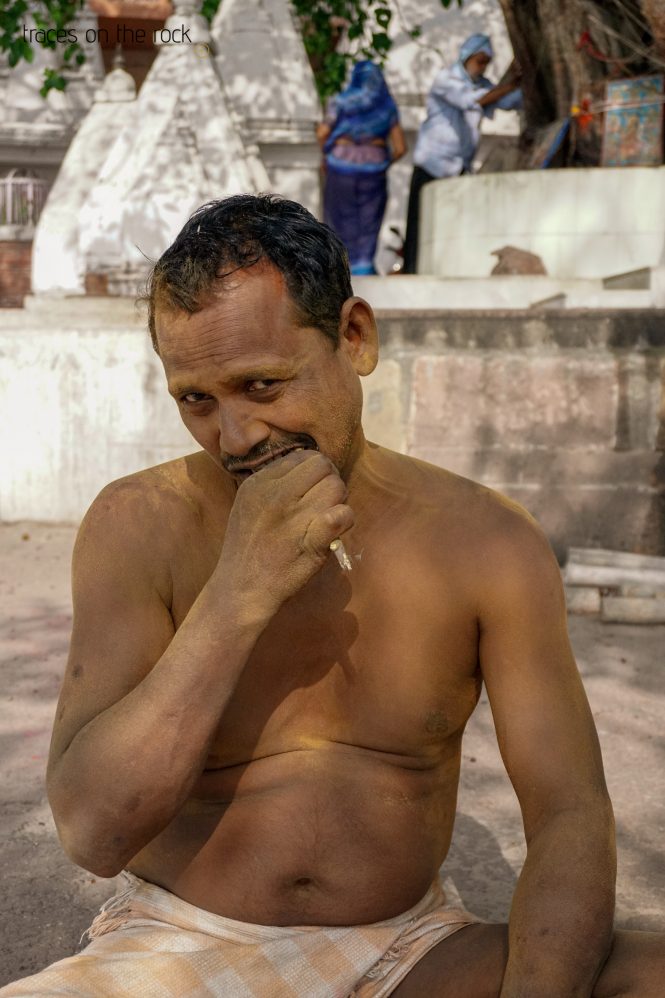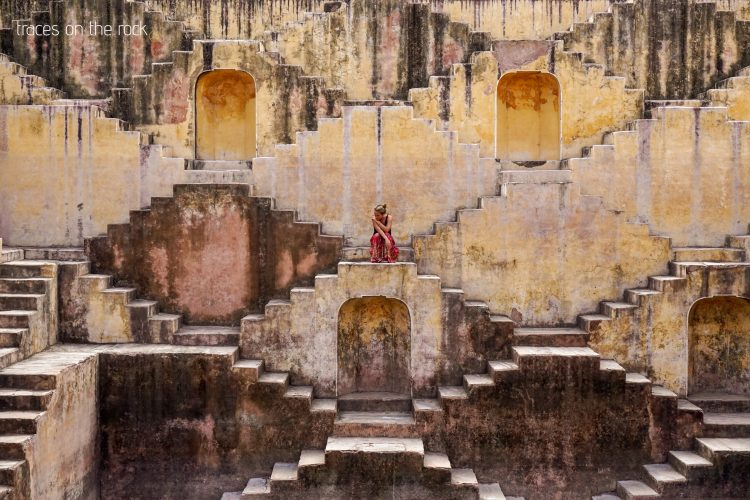Pilgrims from all over the world visit Varanasi to purify themselves of sins in the sacred river of the goddess Ganga. At the numerous ghats, the famous river promenades, hundreds of residents are starting to bathe at 6 o’clock in the morning to wash themselves. In addition, priests perform the so-called ‘Ganga Aarti Puja’, a ritual to pay homage to the Ganges. This is celebrated both at sunrise and at sunset. Especially in the evening, thousands of people join the event. Locals and tourists alike are inspired by the atmospheric ceremony on the Ganges. Priests lift burning Aarti candle lamps into the air and pay homage to Ganga. Hundreds of colorfully painted boats full of tourists watch the action from the river. On land, countless children sell floating candle offerings with flowers. Gradually, more and more of these candles are floating down the river. It seems like from old tales, where the souls of the deceased embark on their journey into the realm of the dead.
A special place is the so-called burning ghat, where the dead are burned on woodpiles. To die in Varanasi is something very special for the Hindus, as they can leave the cycle of death and rebirth. Visiting these ghats is worthwhile. The corpse is wrapped in golden linen and carried by prayers of the male relatives through the narrow streets of the ancient town. Cars can not access the ghats as the streets of the old town are too narrow. At the ghat the dead body is dipped in the Ganges and placed on a pile of wood. The wood was weighed exactly and rubbed with ghee, so that it would burn well. The cremation can take up to three hours. Women are not allowed at this place. In the past, women repeatedly plunged into the pyres of their deceased men. In order to free the soul of the deceased from all secular fetters, the male relatives throw a jug filled with Ganges water over their shoulders and then leave the place without looking back. With this, all ties are dissolved.
The fact that apart from the spiritual aspect death is a business like others, is shown by several things. Depending on the type of wood used, the price for the funeral can be multiplied. Sandalwood is the most expensive and costs up to 20,000 rupees per kg. For a funeral about 100kg of wood is needed. One kilogram of normal wood costs about 600-800 Rupee – about 10 Euro. Furthermore, the ashes of the cremated are sifted similar to the gold diggers before being released into the Ganges in search for gold teeth and jewelry. The findings are shared among the workers and the owner of the ghat. Tourists are also a good source of income, as we have experienced first-hand. In addition to the usual boat trips to the ghat, there are local workers who offer themselves as a free tour guide to ask for a “donation” afterwards. This may be intrusive, but I learned a lot about the ceremony from such a guide.
One of the most important rules at the ghat, however, is the prohibition to take pictures. If you do not stick to it, you can experience unpleasant situations, even if you are still a long way from the ghat and its happenings. I stood with my German companion on an adjacent ghat and took panoramic pictures of the ghats. There were no detail or close-ups and no burnings visible. In our view, we followed the prohibitions. Still, two men cameran after us, demanding that each of us has to pay 2000 rupee. A heated discussion followed. Our apologies and the offer to delete the photos were ignored. We felt proverbially threatened. They stood in our way and allegedly phoned the police or the ghats leader. That was not very clear. We then left quickly and purposefully and immersed in the narrow streets of the ancient town to shake off possible pursuers. We suspected that these were only wood sellers who sensed an extra income. Later we visited the ghat via another access.
In the end, the Indians are not unpleasant or intrusive but enterprising.
This attitude helps a lot to understand the behavior and the country. They have other limits in dealing with people and in terms of privacy and closeness. A friendly, no, thank you is quickly accepted. If not, a good portion of ignorance will help to deal with annoying situations. If internalized traveling India is relatively relaxed.

